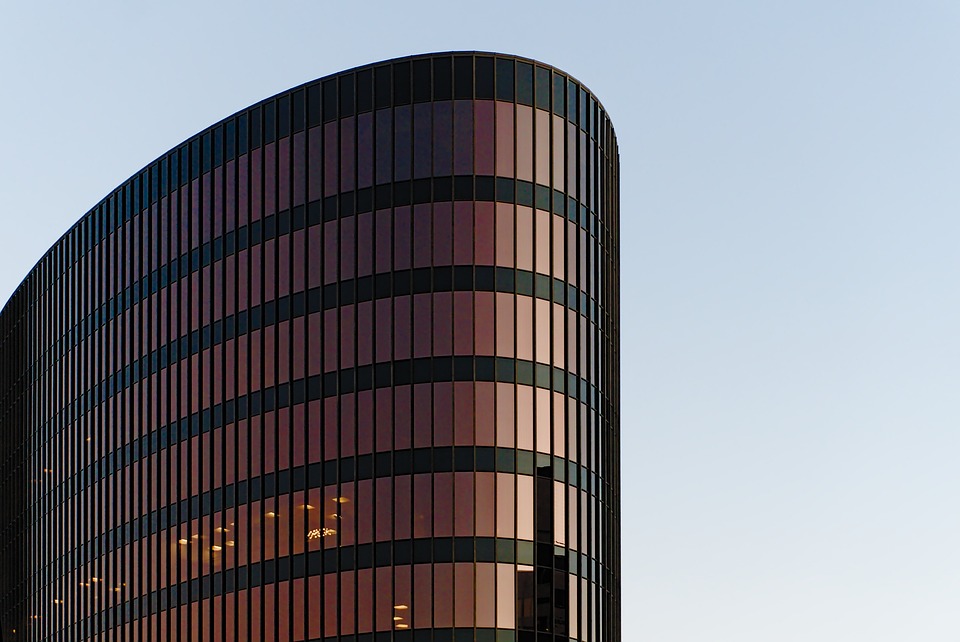Sustainable Construction Practices and Green Building Certifications
In recent years, the urgency for sustainable development has propelled the construction industry to embrace innovative practices that minimize environmental impact. Sustainable construction focuses on reducing waste, conserving resources, and ensuring that buildings have a minimal adverse effect on the ecosystem. One of the foremost frameworks guiding these efforts is the green building certification, particularly those provided by the U.S. Green Building Council (USGBC).
What is Sustainable Construction?
Sustainable construction refers to the methods and practices used to build structures that protect and enhance the environment, including:
- Resource Efficiency: Utilizing materials that are renewable, recycled, or sustainably sourced helps reduce waste and the demand for raw materials.
- Energy Efficiency: Incorporating advanced technologies, such as energy-efficient appliances and renewable energy systems like solar panels, can significantly reduce a building’s energy consumption.
- Water Conservation: Implementing water-efficient fixtures and stormwater management systems helps to minimize water use and protects local waterways from degradation.
- Indoor Environmental Quality: Ensuring that the interiors of buildings promote the health and wellbeing of occupants involves using non-toxic materials and improving ventilation.
- Site Selection: Choosing building sites that minimize disruption to the environment and existing ecosystems fosters sustainable development.
Green Building Certifications
Green building certifications, such as LEED (Leadership in Energy and Environmental Design), serve as benchmarks for sustainable construction standards. Administered by the U.S. Green Building Council, LEED provides a comprehensive framework for evaluating a building’s sustainability across several categories, including energy use, water efficiency, indoor air quality, and sustainable materials.
Key Components of the LEED Framework:
- Sustainable Sites: Promotes development on previously disturbed land while preserving green spaces and encouraging public transport access.
- Water Efficiency: Encourages reducing water usage through efficient fixtures and rainwater harvesting systems.
- Energy and Atmosphere: Focuses on optimizing energy performance and incorporating renewable energy sources.
- Materials and Resources: Prioritizes using sustainable materials and promoting recycling.
- Indoor Environmental Quality: Ensures healthy indoor environments through ventilation, pest control, and low-emission materials.
Buildings that achieve LEED certification not only contribute to environmental sustainability but also often realize cost savings through reduced energy and water use, improved occupant productivity, and enhanced marketability.
The Environmental Impact of Green Building Certifications
The positive impact of sustainable construction practices and certifications like LEED extends beyond individual buildings. Collectively, they contribute to:
- Reduced Carbon Footprint: By lowering energy consumption and utilizing renewable resources, green buildings significantly reduce greenhouse gas emissions.
- Waste Reduction: Sustainable building practices encourage minimizing waste through better planning and the use of recycled materials.
- Biodiversity Conservation: Sustainable sites prioritize the preservation of local ecosystems, contributing to biodiversity and reducing habitat destruction.
- Community Health and Wellbeing: Buildings designed with indoor air quality and occupant health in mind lead to improved community health outcomes.
Conclusion
Sustainable construction practices rooted in green building certifications such as those offered by the U.S. Green Building Council play a crucial role in addressing the contemporary challenges of climate change and resource depletion. By prioritizing sustainability in building projects, not only do we enhance the quality of our built environments, but we also pave the way for a more resilient and sustainable future. As awareness and demand for environmentally responsible construction rise, it is increasingly imperative for builders, developers, and policymakers to integrate these practices into everyday standards.



